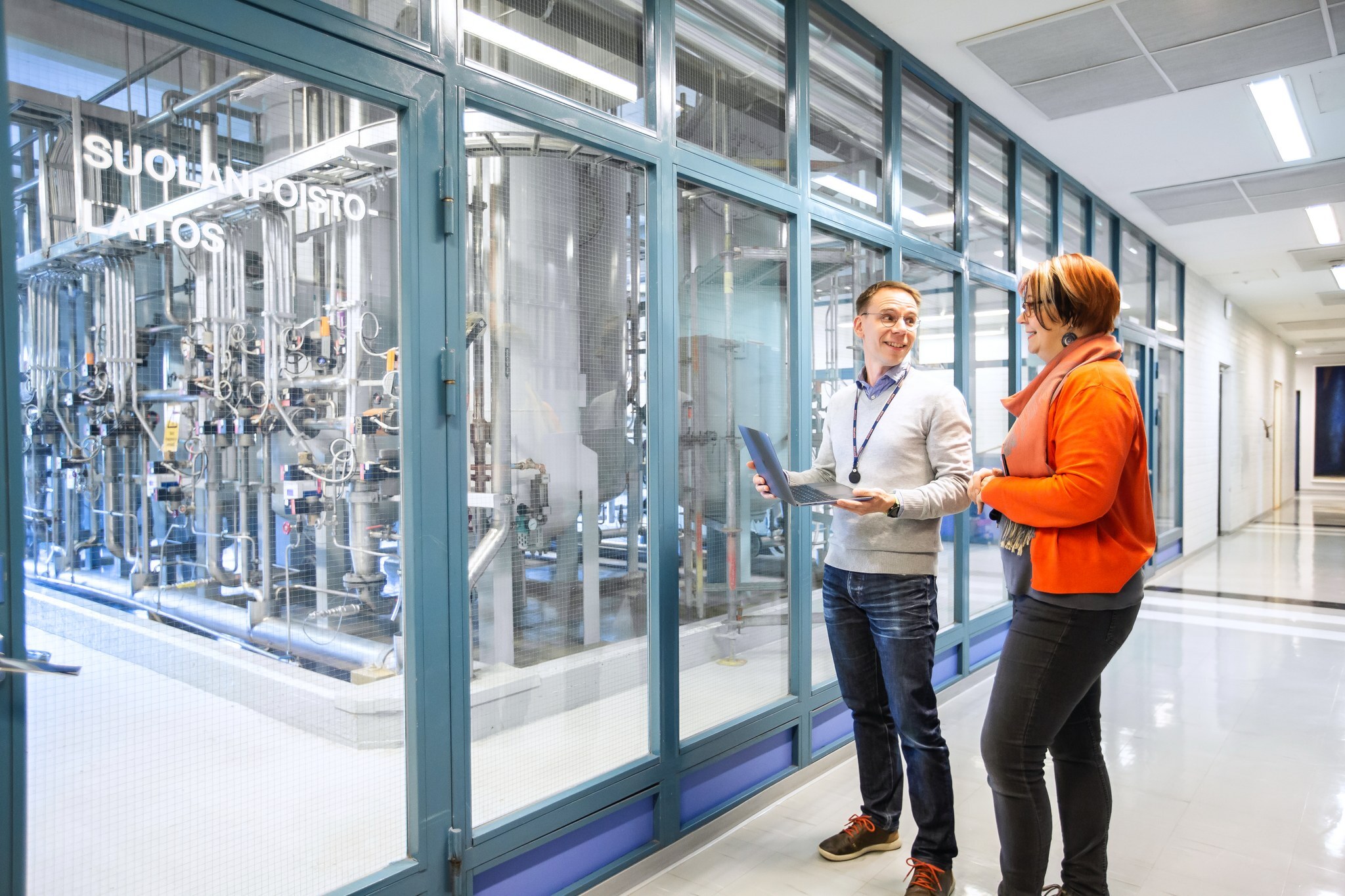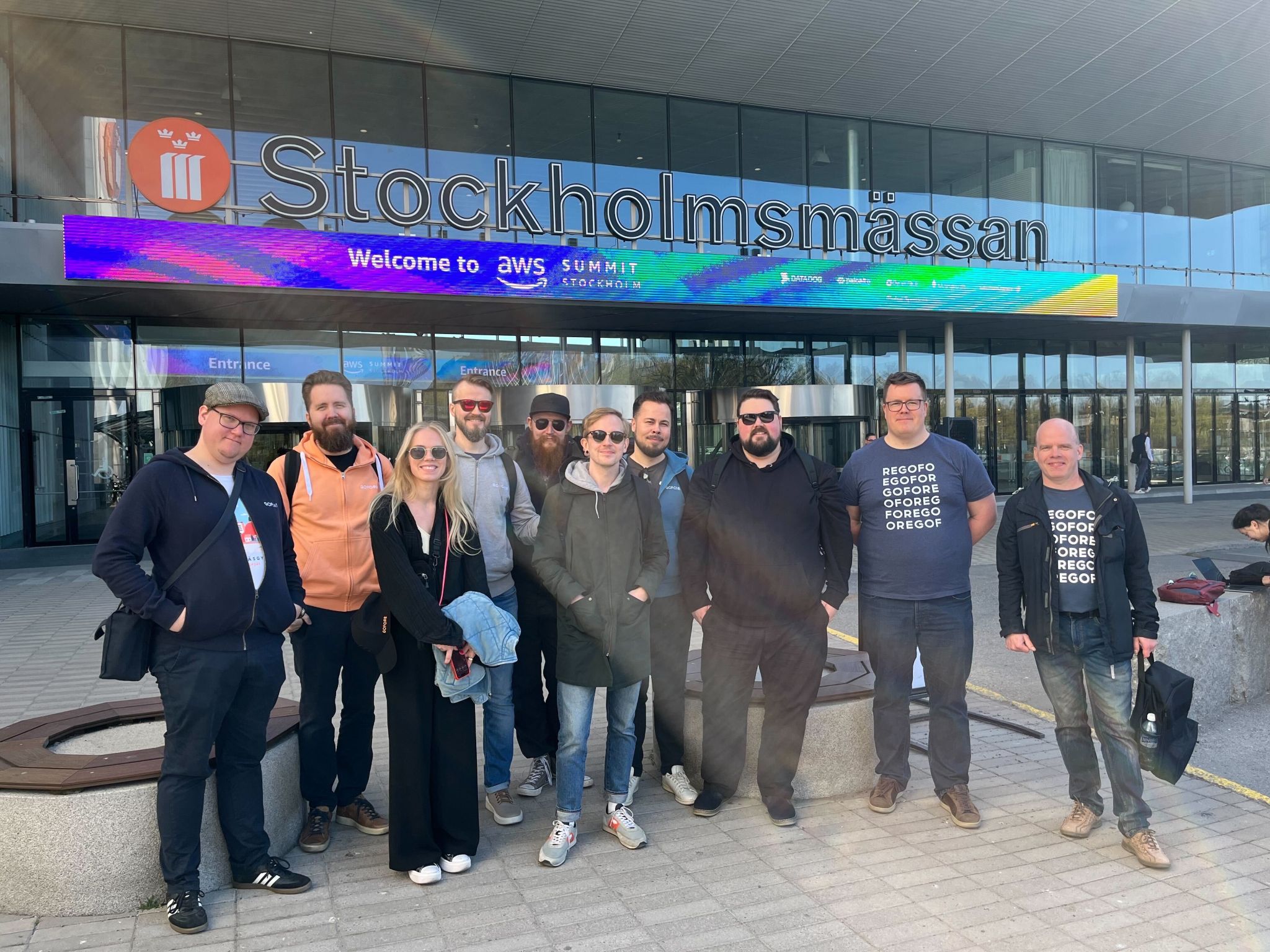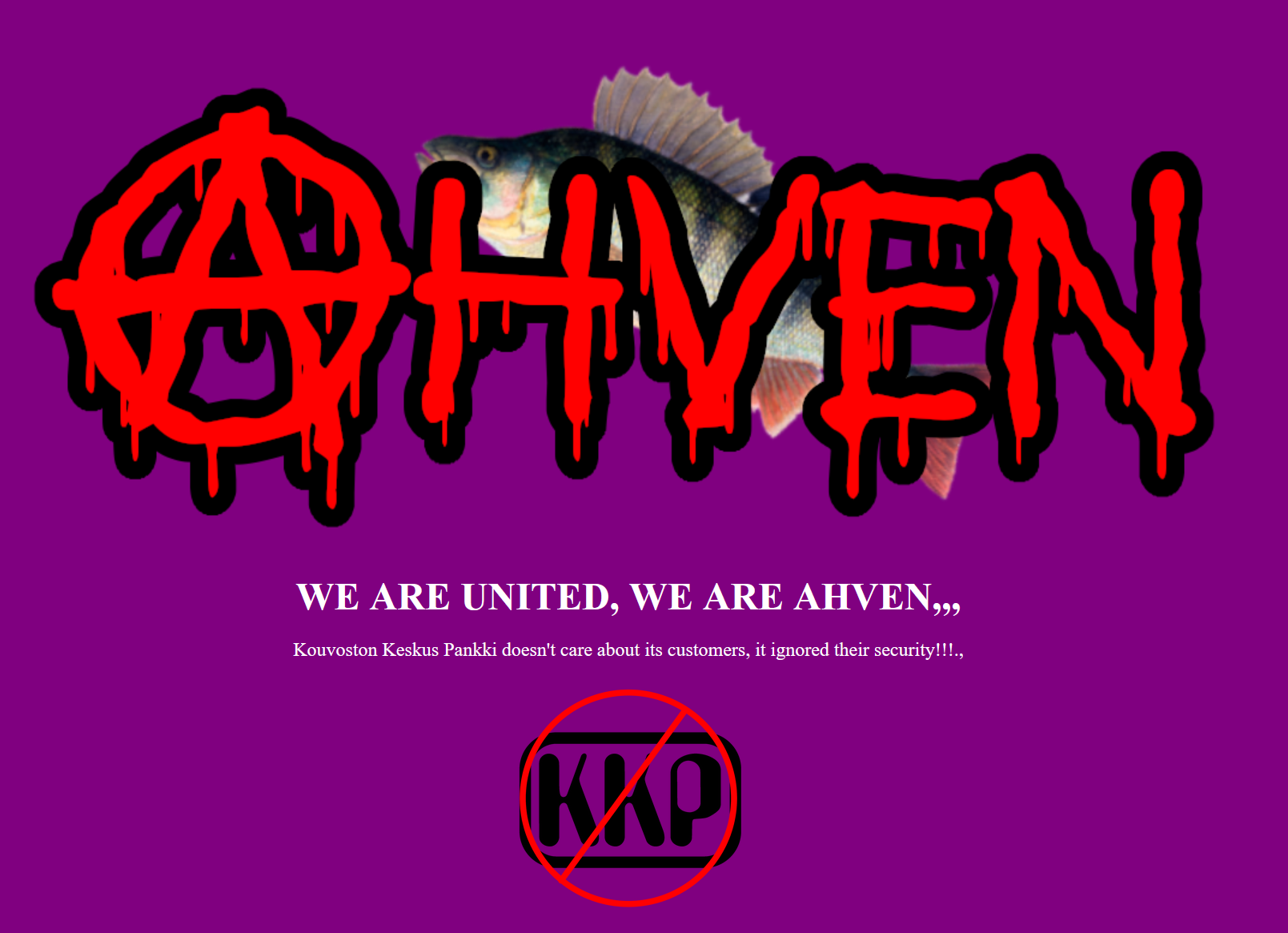Artificial Intelligence and algorithms are shaping our work.
“It is important to prepare for a hybrid workforce in which AI and human beings work side-by-side. The challenge for your business isn´t just ensuring you have the right systems in place but judging what role your people will play in this new model. People will need to be responsible for determining the strategic application of AI and providing challenge and oversight to decisions.” The PwC report, Sizing the Price, 2017
The world is transforming. COVID-19 has revealed our vulnerability and has pinpointed complexities. Lead time to make a positive impact has been cut shorter. Power structures of the past are not future proof. In my opinion, and backed with a multitude of fresh research, there are three key drivers of new ways of working.
First, organizations relying on control and command are replaced with fluid, transparent and self-determinant ways of working. Hierarchical control and command power structures are fading away, slowly but surely. Second, digitalization is continuing at a logarithmic speed. For example, in Spain, the first 60 days of COVID closure is said to have accelerated the county´s digitalization by seven years (El Confidencial, 2020). Third, as interconnected emerging technologies continue to advance and converge, they will hit hard knowledge workers, managers, and the C-suite. Old competencies will be questioned, and new ones required. In this development, the main drivers will be Artificial Intelligence (AI) & Data and particularly algorithms. Leaders will be heavily affected. They need to become more people-positive and complexity-conscious to activate the full potential of the hybrid workforce, combining humans and machines of tomorrow already today. Leaders need to return and excel in their number one role, which should be a coach for his / her people.
I am not a data analyst, nor a coder, nor an AI & Data expert, but an experienced organizational development professional. Therefore, my focus is the management and leadership of individuals, teams, and organizations. Thus, I would like to extend the discourse of only technical matters of AI & Data more to required new leadership skills, capabilities, and structures. I feel that the prevailing way of looking at management automation thru a technical lens, only with AI & Data mostly as a cost reduction practice, is short-sighted and dangerous. AI & Data doesn´t intrinsically make changes, but they are enablers for societies and organizations to progress. No doubt, AI-enabled future economies will have massive shifts in workforce competency requirements at all organizational levels, including experts and executives. To cope with fast-paced digitalization, organizations need to adapt fast, get organized in new ways, and unleash the full potential of both people and machines to thrive. Is the unstoppable development of AI & Data the cure or cancer of business transformations?
Constant Human Desire for Better Technologies
Throughout history, we have been seeking help from technical inventions supporting output efficiency and process accuracy. In the western world, we have traveled the journey from the steam engine to electricity to computer to 24/7 AI & Data of today. This development has been backed with old management theories, mostly Taylorism (scientifical management) and hierarchical power structures based on control and command both affecting us still today. The first and second industrial revolutions focused on the human body, the third and current fourth on the human mind. By now, we as humans have lost the performance game both in terms of body and mind to AI & Data-driven digitalization, algorithms, and robotics.
According to Moore´s Law of computer processing power duplicating every 18 months, this is just the beginning, not the end of this development in AI & Data. Fast AI developments, like machine learning (ML) and deep learning (DL), have big economic implications for our societies and organizations. Price Waterhouse Coopers has predicted that AI´s contribution to the global economy will be USD 15,7 trillion by 2030. What are the possibilities and limitations of algorithms?
Current Pros and cons of Algorithms at Work
Being an expert or not, one should understand that AI is NOT just another new technology, but AI is creating convergence and binding many emerging technologies together. AI is not neutral. It is always mirroring directly or indirectly its creator´s perceptions, experience, and values.
Algorithms can:
- Discern patterns in raw data with a faster and better than star data analysts.
- Optimize processes more in detail and precision than best operations managers.
- Analyse and predict behavioral trends and implications for humans.
- Assess and comply with complex variables for top decision-making better than executives.
- Excel, like a savant, in a tightly limited sphere of expertise.
- Expand some precise human capabilities to the next levels out of our reach.
Algorithms cannot (as of autumn 2020):
- Build sense-making and connect unrelated ideas into a new creation, innovation.
- See things from different perspectives, even with ML only programmed views are seen.
- Act with intuition, build trustworthiness, and show situational emotional intelligence.
- Store as rich data (sights, sounds, sensations, smells, or emotions) as our brain does.
- Use experiences and understanding across unlimited sets of situations, like the human-brain.
Algorithms can increase performance in process speed, efficiency, and accuracy. In the fields of innovation, creativity, critical thinking, and sense-making thru intuition, AI at the time of writing only offers a poor imitation of what humans can do naturally. Thus, people can better combine, create, and bring to the game, more thorough insights. The holistic situational sense-making is the key difference between algorithms and humans. Therefore, the multifaceted thinking of leaders is a must. They need to be able to think simultaneously in a three-dimensional way: first reactive for the situation at hand, second proactive for things not yet seen, and third reflective for continuous improvement. The reflective means of an inner capability to confront critically one´s own actions instead of accepting them without questioning autonomous outside-in thinking and data available.
Trustworthiness of Algorithms Under Deep Scrutiny
Many research studies reveal that humans feel concerned, suspicious, and uncomfortable when dealing with algorithms that make decisions on their behalf. As a general trend, people perceive the functioning of autonomous algorithms as something of a black box. This suspicion stems from the lack of transparency of how algorithms were generated and the difficulty of explaining algorithms clearly for non-experts and even for engineers, data analysts, and coders. This lack of knowledge has created fully reasonable prejudices to distrust algorithms in work settings. Controversially, at their leisure, people trust algorithms to make choices and affect their purchase patterns in services like Amazon, Netflix, or Spotify. Even more weird are research findings where people accepted to be replaced in their daily work by an algorithm rather than another person.
Thus, to build employees’ and customers’ trust towards algorithms at work, immediate and systematic visible actions are required. Just recently, Google has announced to offer help to other companies with the tricky ethics of AI (Wired, 2020). One internal way to grow trust towards algorithms is to first to break silos between AI & Data experts and experienced leaders. The objective should be to engage people with diverse backgrounds and experience to work together towards a common purpose considering both efficiencies and ethics of AI & Data. For example, this type of challenge has been tackled in some of the most affluent digital companies like Microsoft and KPMG with their AI ethicists. The role of these AI ethicists is to secure transparency, ethics, and outcomes of algorithms before they go live. How about working with algorithms?
People and Data-Centric Combo First Steps
As a practical example, it was decided at Gofore Plc. in 2006 that all clerical tasks that can be automated will be automated. Bot-manager “Seppo” supports commercial decision-making and bot-assistants “Genie and Granny” take care of daily routine tasks. For example, they remind about unmarked billable hours, confirm holiday requests, make travel expenses claims, provide personal performance statistics, and report company-wide statistics. These scalable HR bots, combined with Lean & Agile ways of working, have enabled fast and continuous financial growth with less management and lighter structures simultaneously releasing time for leadership, development, and customers.
There used to be a time when we were doing more with less. Now we are doing less with less. One possible solution to overcome this dilemma is a hybrid workforce. As within Gofore, these modern digital tools, like bots, robots, robotic process automation (RPA) and other digital means, are key enablers of the future of work, but one should not get on the bandwagon blind-sighted. Some recent not so good examples of failed algorithms are the A-level and GCSE examinations fiasco in the UK in August 2020 (The Guardian, 2020) and the Amazon recruiting disaster of 2018, where only white males were selected from applicants by algorithms (Reuters 2018). After an internal investigation of the case, it was noticed that the recruitment algorithms of Amazon could not work without supervision to build sense-making of the desired future with past distorted data.
On the other hand, one of the largest Finnish digital forerunners – Tieto Ltd. – has implemented an AI assistant named Alicia who is a member of the management team with full voting rights. Alicia has reminded the company´s board members of important data and statistics and helped them to make smarter decisions. Similar developments are occurring around the world. For example, AI assistants like IBM´s Watson can bring together complex data from various sources, analyse their trends against a company´s internal metrics and business objectives, and present suggestions based upon its findings (Rouhiainen, 2020).
Best of Both Worlds, A Hybrid Workforce of Tomorrow
The changes that algorithms are bringing to the business world are massive. As mentioned, they can drastically increase efficiency, accuracy, and speed to run businesses, but they are still lacking human-specific traits like emotional, innovation, and critical thinking skills that finally make or break businesses. AI & Data development will not only be about technology. The time for solely control and command-driven managers and administrators is over. I perceive that transformed businesses will need a new kind of curious, creative, and critical thinking leaders with emphasis on interpersonal and emotional skills. Effective leaders will need much more of soft human skills to understand human dynamic systems to be able to motivate, innovate, facilitate, and assimilate business impact better than in the past. I believe that the biggest challenge is to renew our mind-set to positively challenge and combine best of both worlds – human and machine – as a hybrid digitalized workforce.
I hope experts on AI & Data, digital-pioneers, and executives, together with social scientists, take a courageous stand on AI & Data system and related algorithms with clear roles, responsibilities, and preventive rules. Together we need to influence the evidential and non-stoppable development of AI & Data with a positive impact, creating social, economic, and environmental added value for all. If digitalization is derived from natural human capabilities rather than performance only, I believe that this is not a race against the machine, but a race with the machine. The choice is ours.
“As leaders, it is incumbent on all of us to make sure we are building a world in which every individual has an opportunity to thrive. Understanding what AI can do and how it fits into your strategy is the beginning, not the end, of that process.”, Andrew Ng, the world-renowned expert in machine and deep learning
“Ignorance is never better than knowledge.”, Enrico Fermi, winner of the 1938 Nobel Prize for Physics



